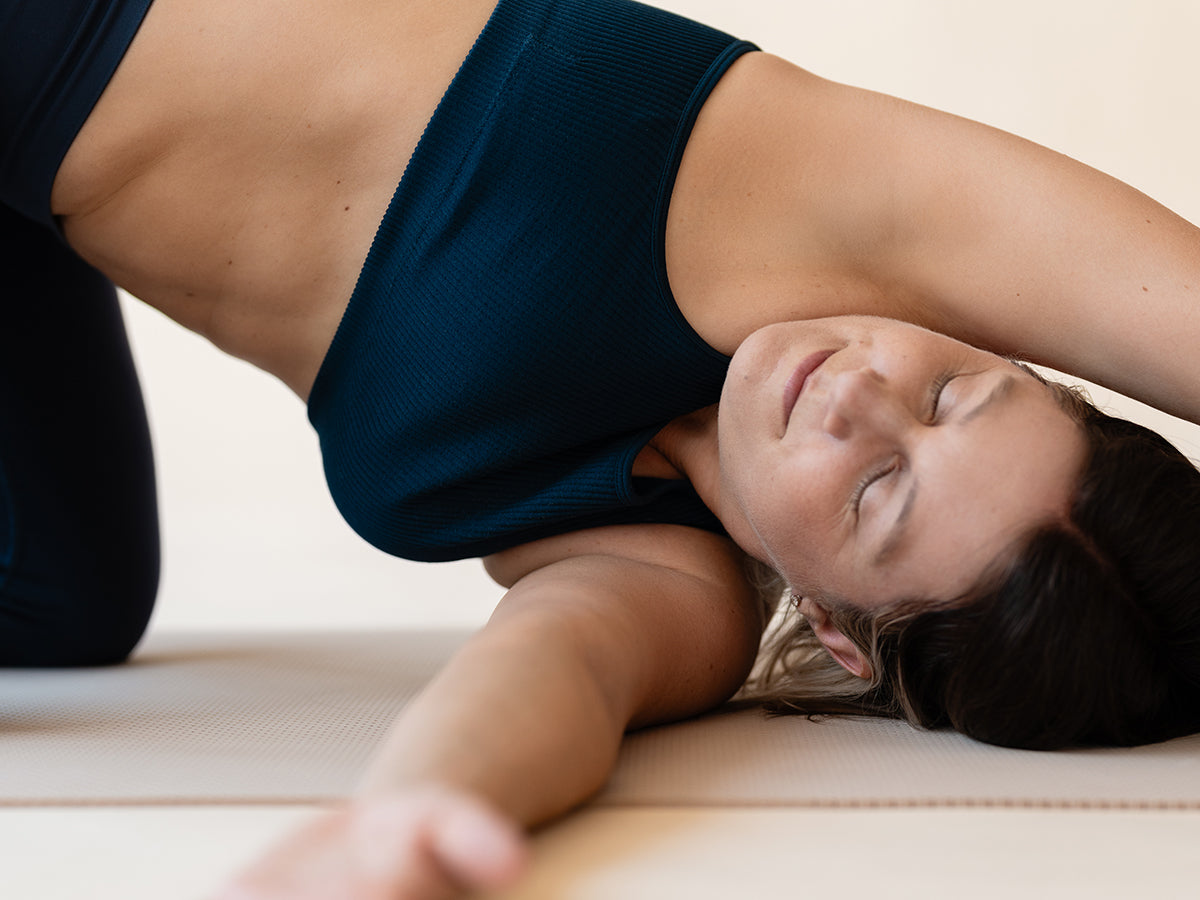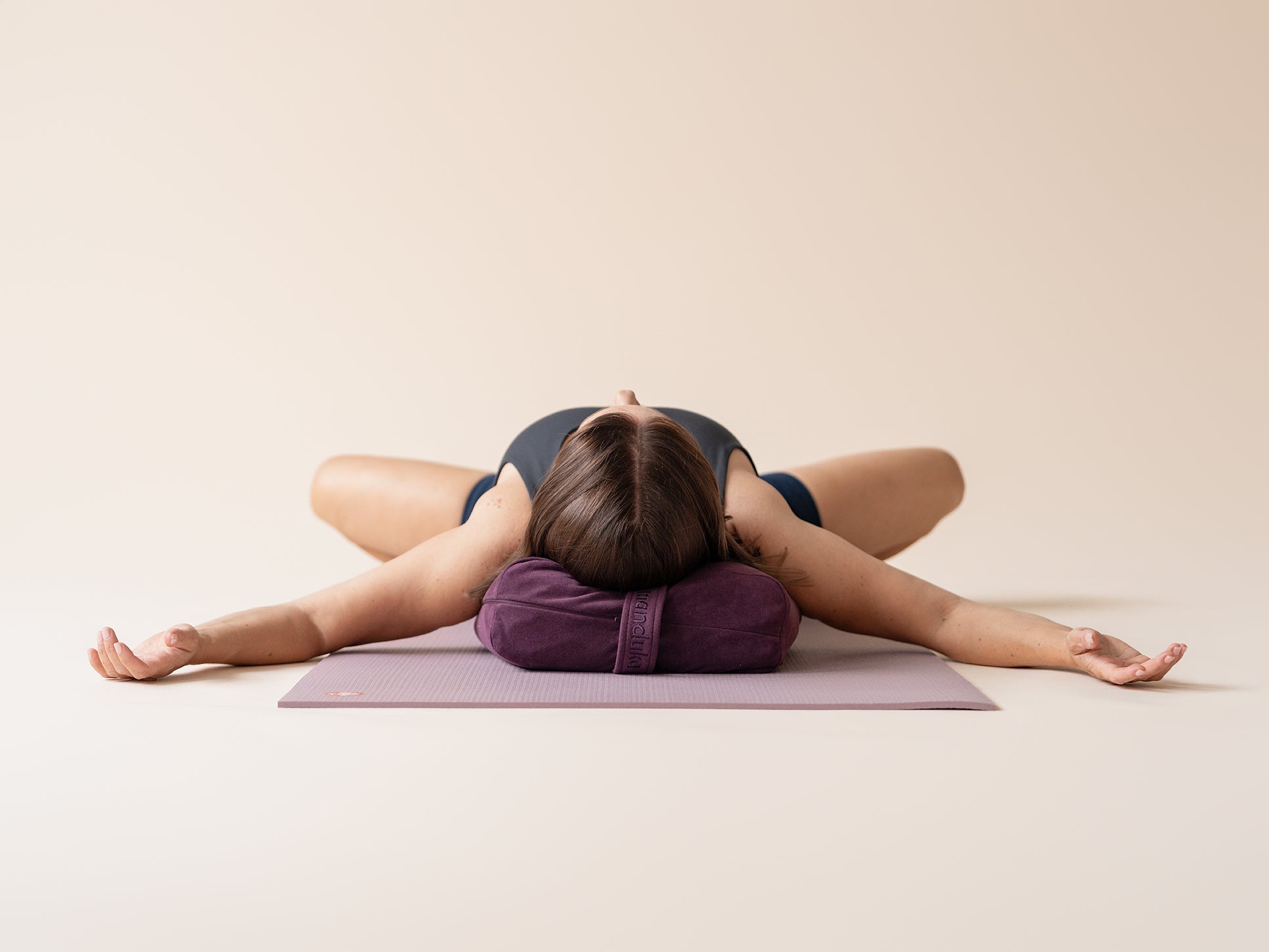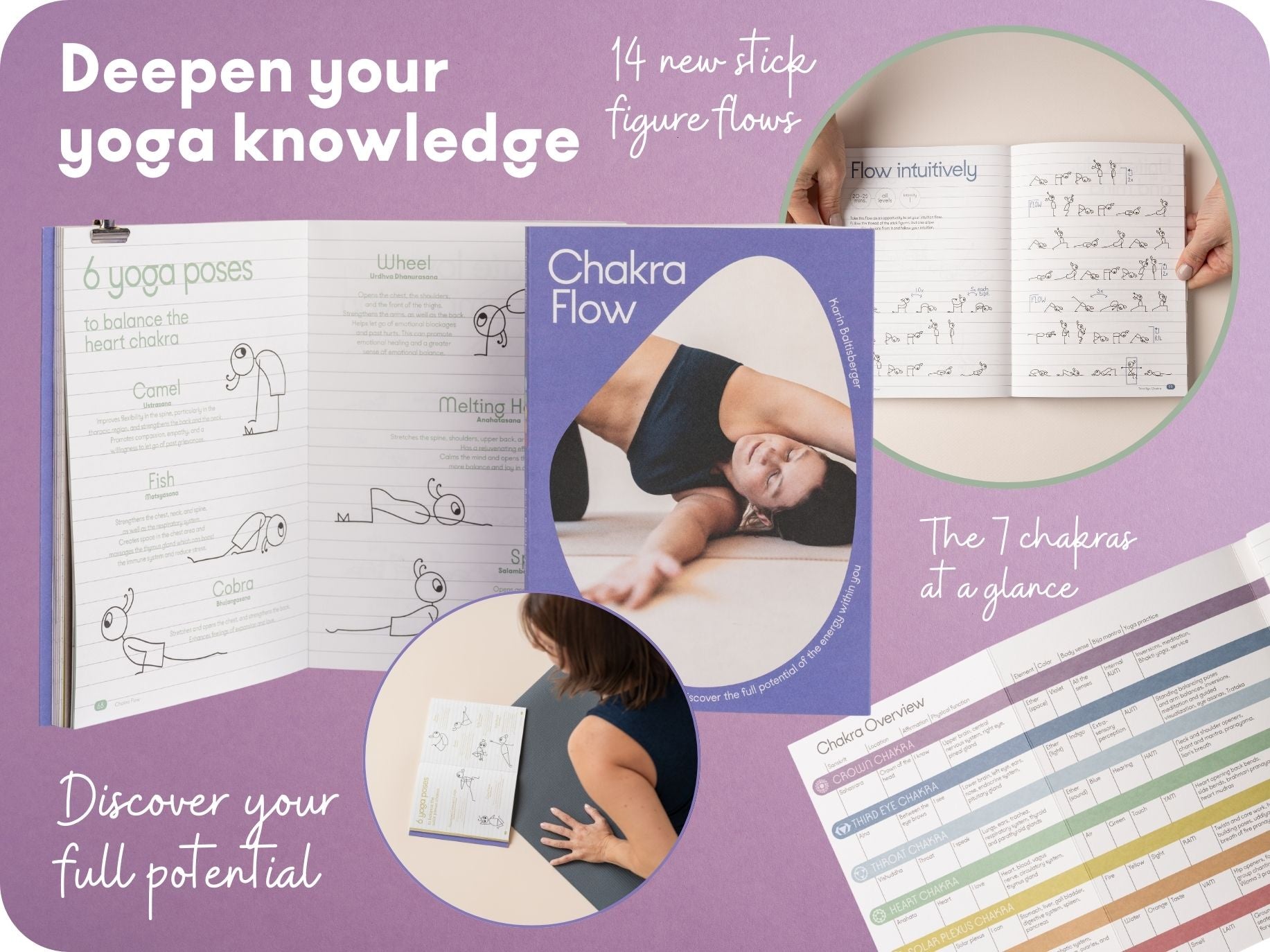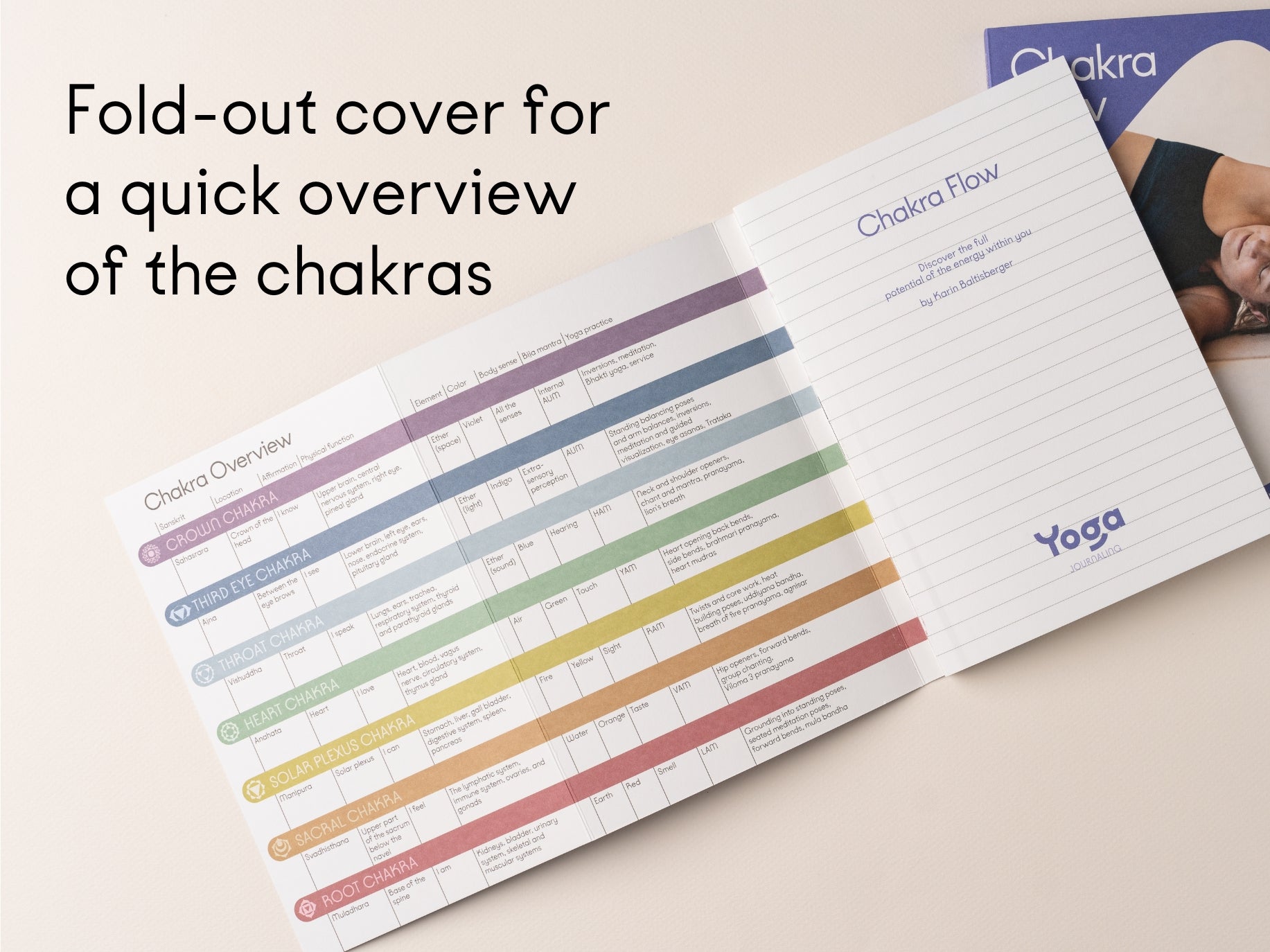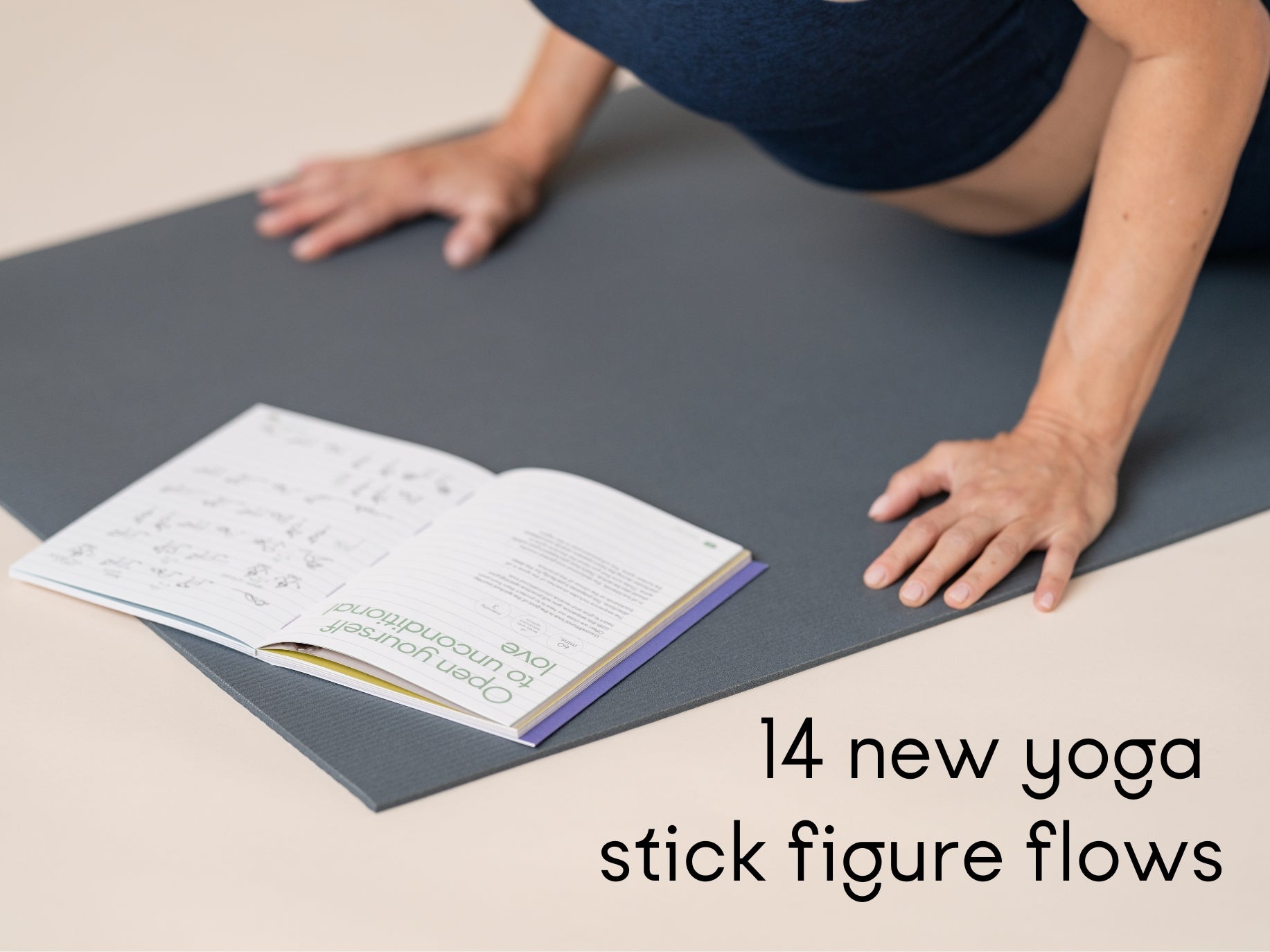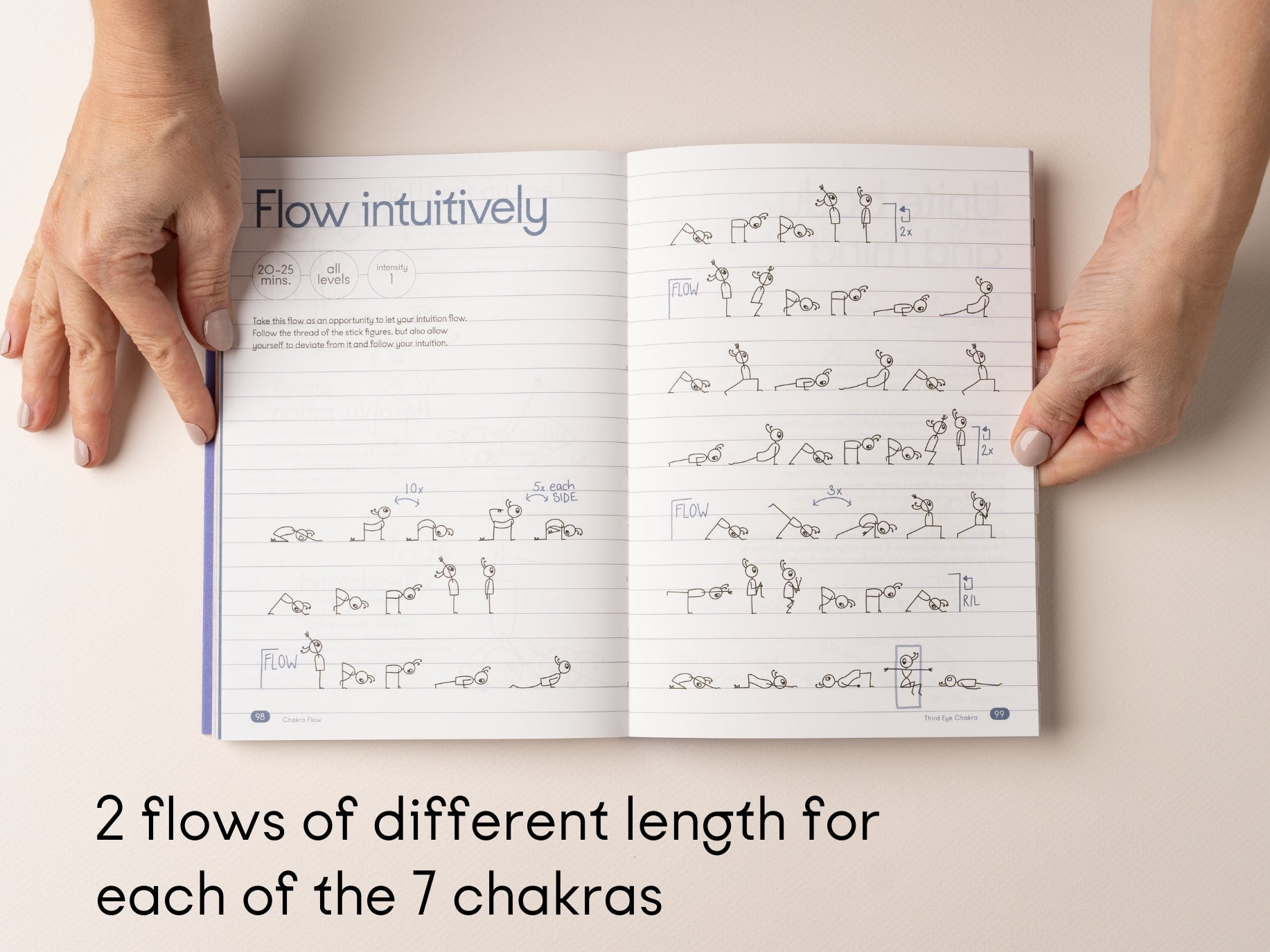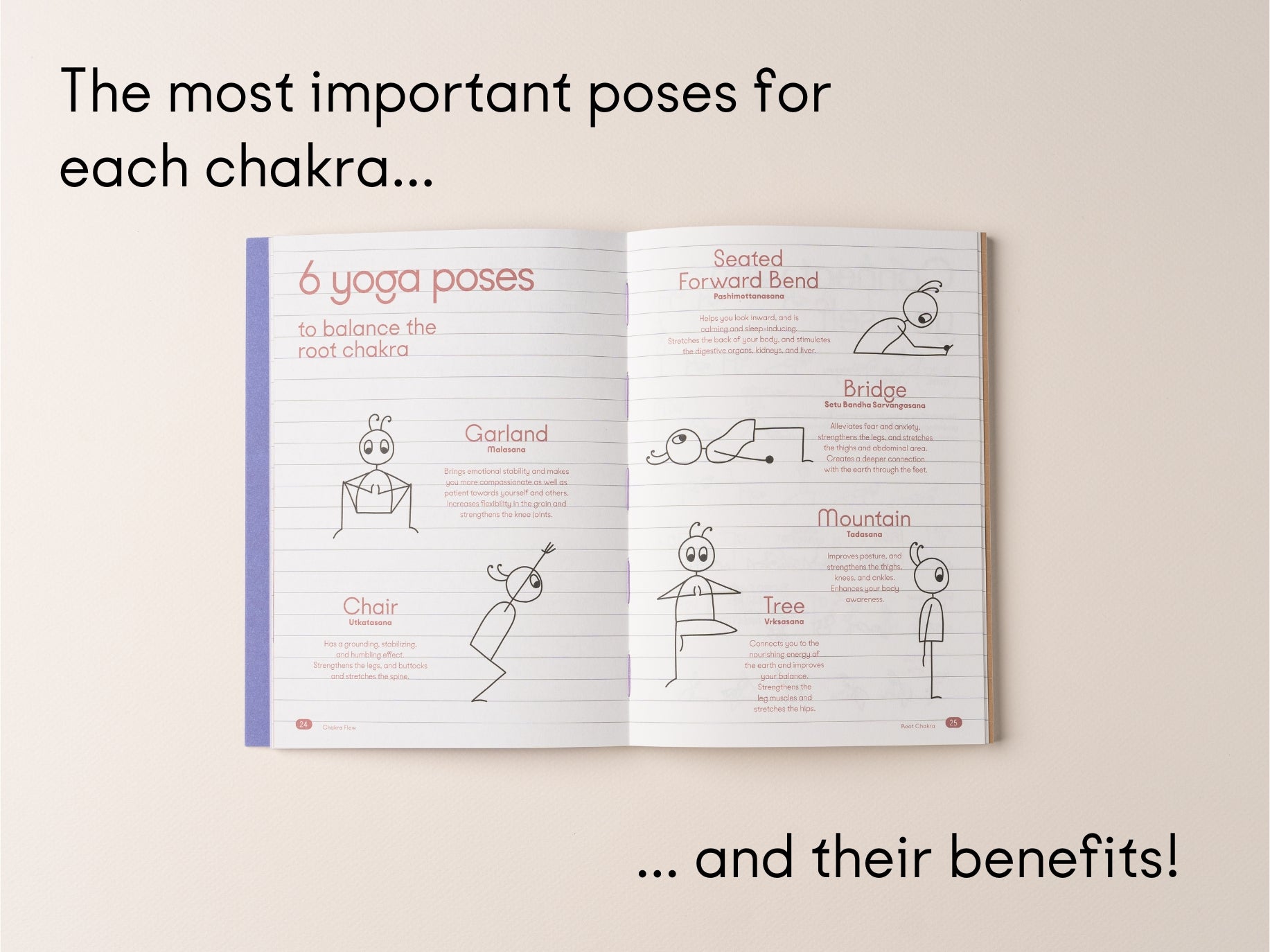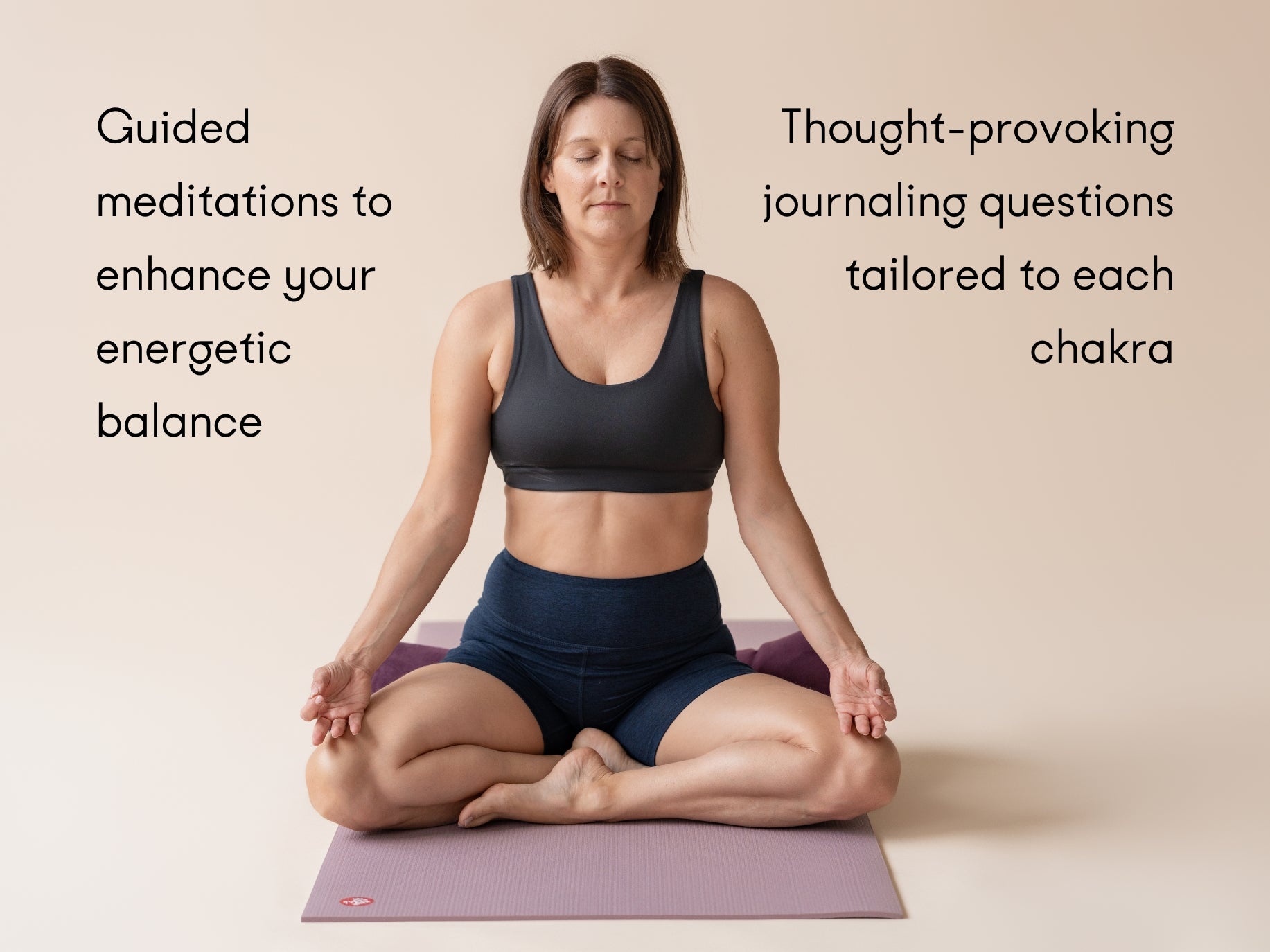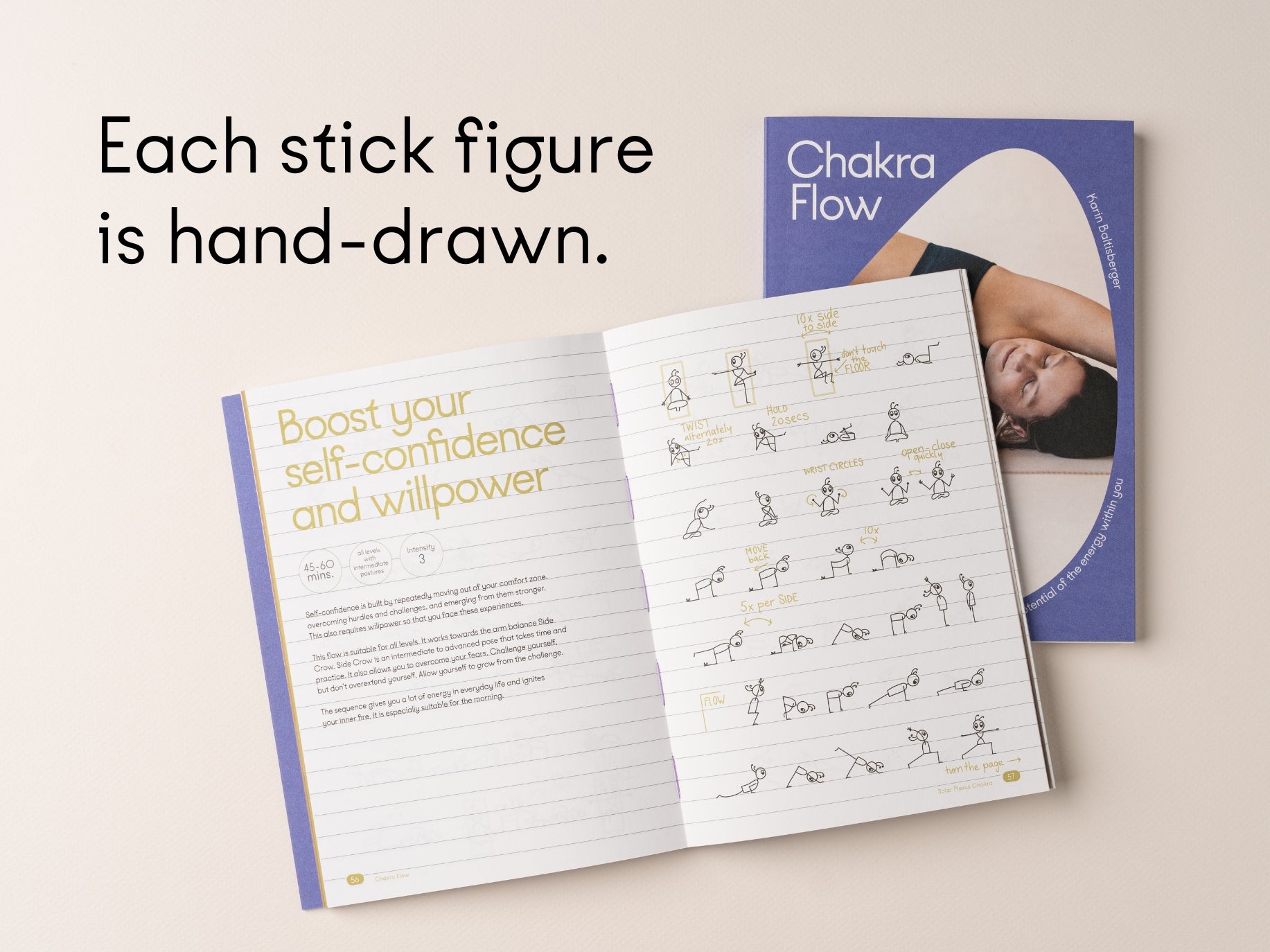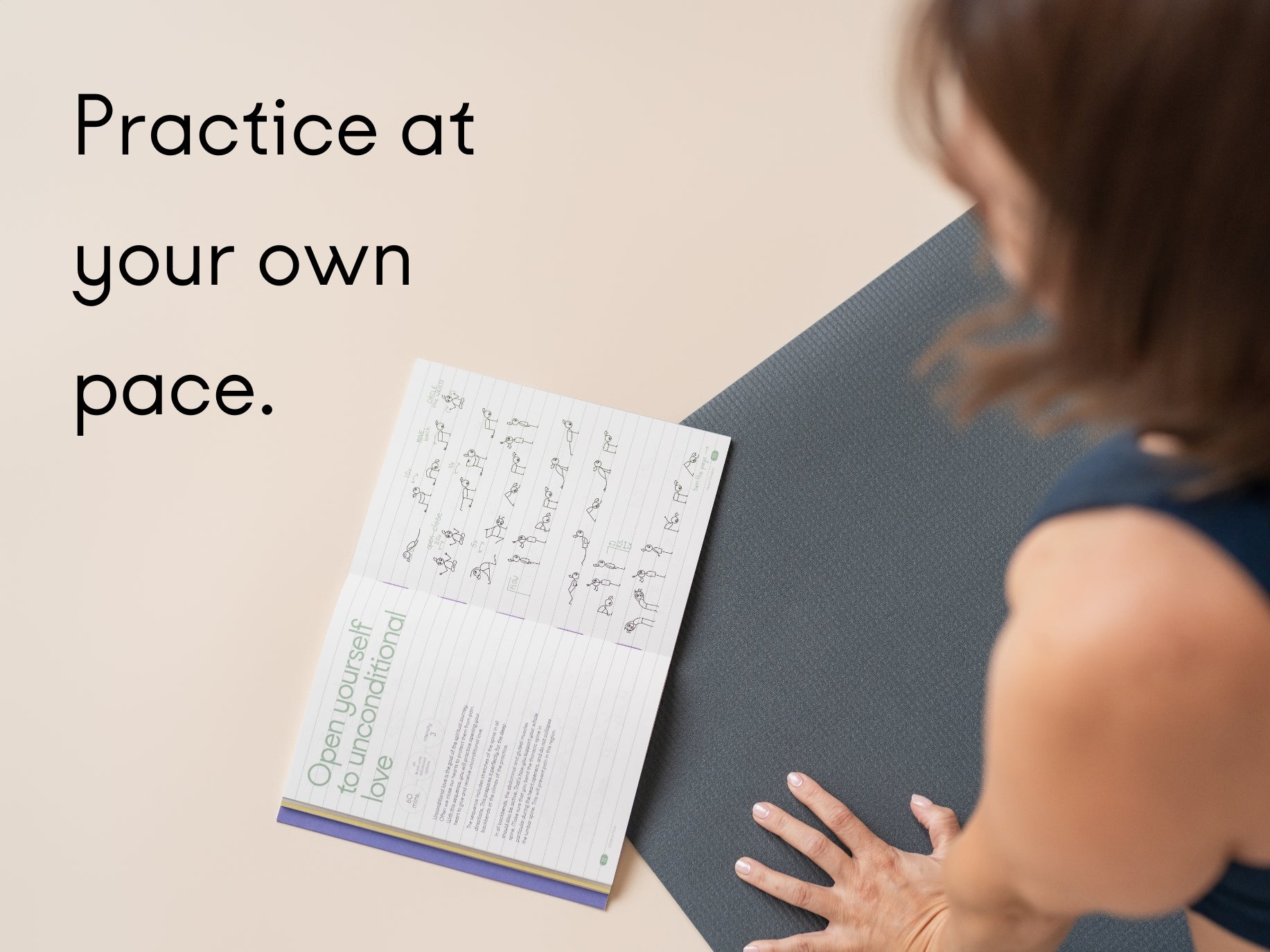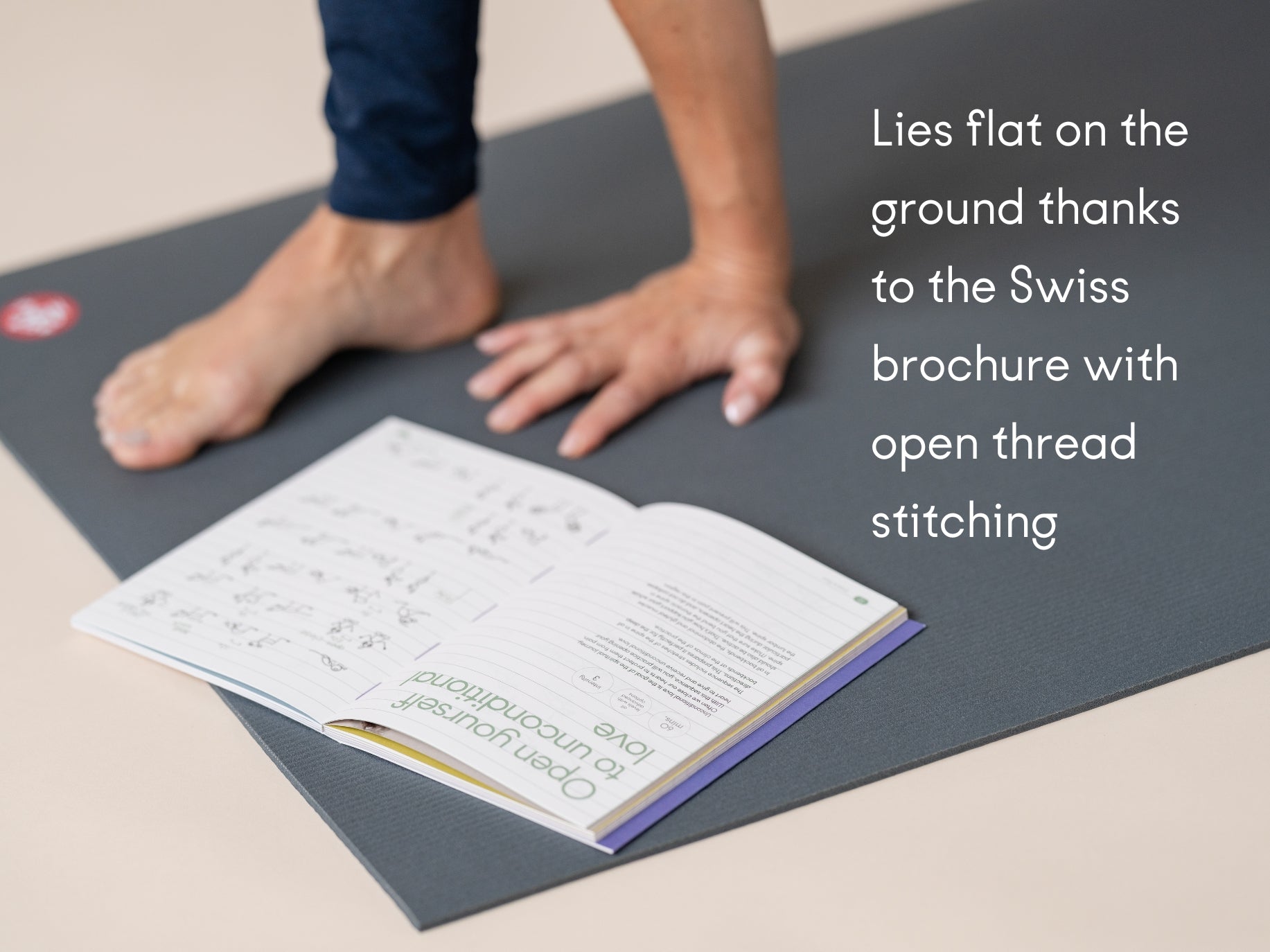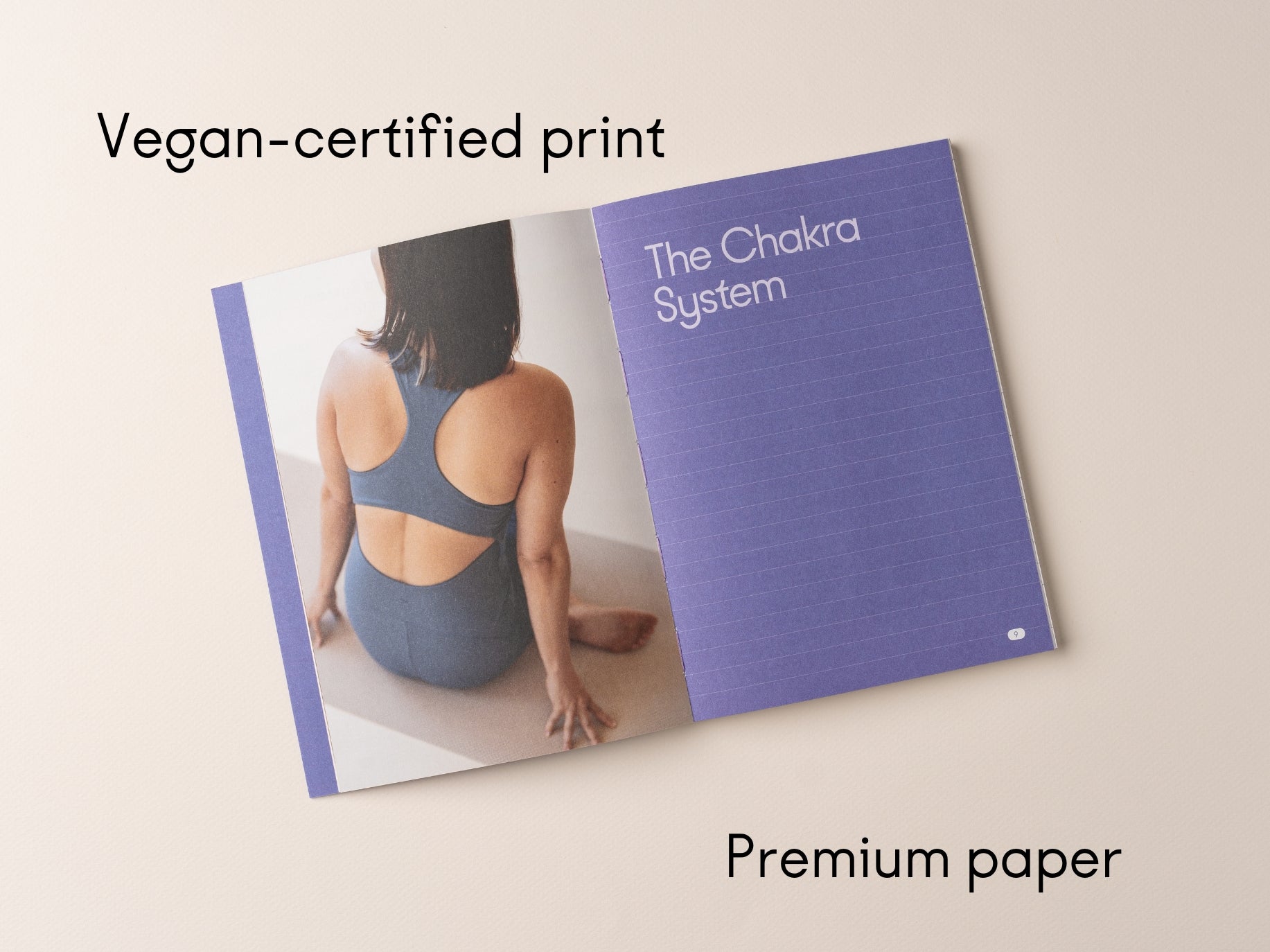When most people think of yoga, they often visualize someone gracefully moving through a series of postures, stretching and balancing with serene concentration. While the physical aspect of yoga, known as asana, is an integral part of the practice, it is only one piece of a much larger puzzle. As an experienced yoga teacher and student of yoga philosophy, I want to shed light on the deeper, more comprehensive essence of yoga that goes beyond the mat.
The Eight Limbs of Yoga
To truly appreciate the depth of yoga, we must turn to the ancient texts that outline its principles. One of the most foundational texts is the Yoga Sutras of Patanjali, written around 400 CE. Patanjali describes yoga as an eight-limbed path (Ashtanga), which serves as a guide for living a meaningful and purposeful life. These eight limbs are:
- Yamas (ethical disciplines)
- Niyamas (self-disciplines)
- Asana (physical postures)
- Pranayama (breath control)
- Pratyahara (withdrawal of the senses)
- Dharana (concentration)
- Dhyana (meditation)
- Samadhi (state of unity)
Yamas: Ethical Foundations
The Yamas are moral imperatives and ethical standards that guide our interactions with the world. They include:
- Ahimsa (non-violence)
- Satya (truthfulness)
- Asteya (non-stealing)
- Brahmacharya (celibacy or moderation)
- Aparigraha (non-possessiveness)
By practicing the Yamas, we cultivate a sense of peace and respect in our relationships and environment.
Niyamas: Personal Observances
The Niyamas are personal observances that help us maintain self-discipline and spiritual growth:
- Saucha (cleanliness)
- Santosha (contentment)
- Tapas (austerity)
- Svadhyaya (self-study)
- Ishvara Pranidhana (surrender to a higher power)
These principles encourage us to develop a balanced and harmonious inner life.
Asana: The Physical Postures
Asanas, the postures commonly associated with yoga, are designed to prepare the body for meditation by developing strength, flexibility, and balance. While asanas are crucial for physical health, they also serve a deeper purpose: to connect the body and mind, creating a stable foundation for the more subtle aspects of yoga.
Pranayama: The Art of Breathing
Pranayama, the practice of breath control, is essential for harnessing the life force (prana) within us. By mastering various breathing techniques, we can calm the mind, reduce stress, and enhance our overall vitality. Pranayama bridges the gap between the physical and mental dimensions of yoga, making it a powerful tool for inner transformation.
Pratyahara: Withdrawal of the Senses
Pratyahara involves withdrawing the senses from external distractions, allowing us to turn inward and focus on our inner experiences. This practice is vital for deepening our meditation and concentration, as it helps us break free from the constant barrage of sensory input that often overwhelms our minds.
Dharana: Concentration
Dharana is the practice of focused concentration on a single point or object. It trains the mind to remain steady and undistracted, laying the groundwork for meditation. Through consistent practice, we can develop a heightened sense of awareness and mental clarity.
Dhyana: Meditation
Dhyana is the state of meditation, where the mind is fully absorbed in the object of focus. This uninterrupted flow of concentration allows us to experience a profound sense of peace and connection with our true self. Meditation is the heart of yoga, providing a direct path to self-realization and inner bliss.
Samadhi: Union with the Divine
Samadhi is the ultimate goal of yoga, representing a state of unity with the divine or a higher consciousness. In Samadhi, the individual self dissolves into the universal self, transcending all limitations and experiencing boundless joy and liberation. This state of enlightenment is the culmination of the yoga journey, where we realize our true nature and our interconnectedness with all of existence.
Integrating Yoga into Daily Life
To fully embrace yoga, we must integrate its principles into our daily lives, both on and off the mat. Here are a few practical ways to do this:
-
Practice Mindfulness: Whether you're doing the dishes or sitting in traffic, bring a sense of awareness to your actions. Mindfulness helps you stay present and connected to the moment.
-
Cultivate Compassion: Practice ahimsa by showing kindness to yourself and others. Small acts of compassion can make a significant impact on your well-being and the world around you.
-
Live Simply: Embrace aparigraha by letting go of unnecessary possessions and desires. Focus on what truly matters and find contentment in simplicity.
-
Breathe Consciously: Incorporate pranayama into your daily routine. Take a few minutes each day to practice deep, mindful breathing to calm your mind and rejuvenate your spirit.
-
Set Intentions: Begin each day with a positive intention. This practice aligns your actions with your values and helps you stay focused on your spiritual growth.
Sumary
Yoga is a profound and transformative journey that extends far beyond the physical postures. By embracing the eight limbs of yoga, we can cultivate a balanced, harmonious, and fulfilling life. As we delve deeper into the philosophy and practice of yoga, we discover that it is not just about achieving flexibility or strength, but about realizing our true potential and experiencing the boundless joy of living in harmony with ourselves and the world. So, next time you step onto your mat, remember that yoga is more than just the poses—it's a way of life.

